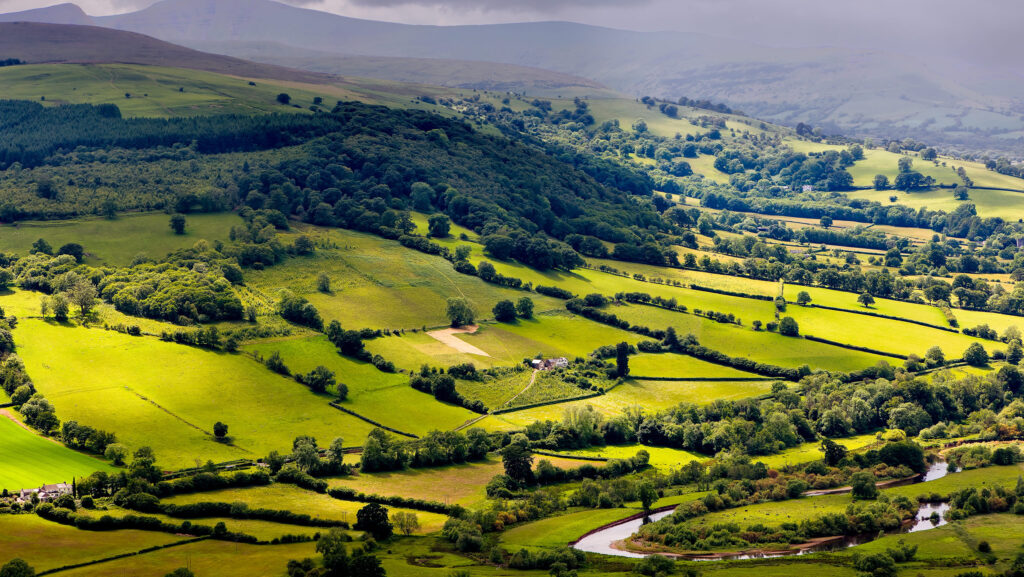Editor’s View: Welsh scheme deploys both carrot and stick
 © WhitcombeRD/Istockphoto
© WhitcombeRD/Istockphoto “That’s very brave, minister.”
The immortal words of Yes Minister’s permanent secretary Sir Humphrey when he wanted to advise the minister for the Department of Administrative Affairs, Jim Hacker, that he was about to do something monumentally risky.
One wonders if any Welsh civil servants have recently uttered those words to Huw Irranca-Davies, the cabinet secretary for climate change and rural affairs in Wales.
See also: Welsh Tories demand final vote on Sustainable Farming Scheme
His decision to push out a huge update to the Sustainable Farming Scheme (SFS) almost a full week before the Royal Welsh Show – rather than the usual flurry of policy updates at the show itself – suggests he is confident it will land well with farmers.
Why else give them so much time to digest the briefings from their lobbying organisations and ponder whether it merits a disgruntled response?
And there was more bravery within the announcement.
Next March, when the scheme opens, farmers in Wales will have a clear choice: to take a 40% cut on whatever their current Basic Payment Scheme (BPS) amount is, or join the SFS.
A simple-to-use ready reckoner on the Welsh government website will help those wanting to tot up what they can earn from taking the latter route, which will require them to abide by up to 12 Universal layer actions.
But first impressions are cautiously positive.
In comparison, the BPS cut is twice as much as the lobby groups were anticipating, with plans for a further 20% cut to the base amount in each subsequent year, meaning 2028 will be the last year of legacy payments.
Officially, the big cut has been put up front to ring-fence budget for the later Optional and Collaborative layers that will deliver more ambitious environmental actions.
But it also demonstrates how keen the Welsh government is to get participants in quickly.
Many farmers would likely have chosen to swallow a 20% cut and stuck with a smaller but simple BPS as the less painful route compared to being an early adopter.
But 40% is different gravy – £16,000 on a £40,000 payment which would have bought a lot of feed or fodder for those currently fretting about a winter of potential shortages.
How farmers react at the Royal Welsh Show will be the first indication of their response to this.
But the real litmus test of whether Mr Irranca-Davies has deployed the right measure of carrot and stick will not be known until we see the entrant numbers next year.
It should be remembered that he is facing the same political problem as his counterparts in the rest of the UK – how to straddle the competing demands of making a scheme simple and lucrative enough to get enough participants, versus complex and technical enough to meet the ambitious environmental targets.
And judging by the lukewarm reaction from environmental groups, it seems they are not optimistic about the latter, so farmers have not had to bear the pain in isolation.
It is often said that the sign of a good bargain is when both parties walk away feeling disgruntled.
On that basis, Mr Irranca- Davies will be heading into show week feeling cautiously optimistic.
Whether farmers are remains to be seen.

